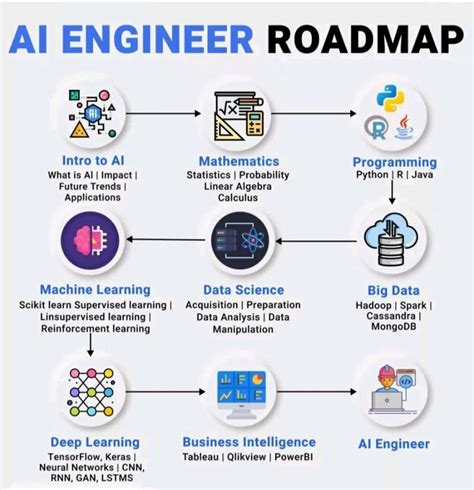Using AI to Analyze Blockchain Data for Fraudulent Activities
The use of artificial intelligence (AI) in various industries, including finance and blockchain, has revolutionized the way organizations gather and analyze data. In the context of blockchain technology, AI can be employed to detect fraudulent activities by analyzing vast amounts of decentralized data. This article will delve into how AI can be used to identify potential fraudulent patterns within blockchain transactions.
Benefits of Using AI in Blockchain Analysis
AI offers several benefits when it comes to blockchain analysis:
- Speed: AI algorithms can process large amounts of data at lightning-fast speeds, making them ideal for analyzing high-volume transactions.
- Objectivity: AI systems are not influenced by personal biases or emotions, allowing them to provide an objective analysis of blockchain data.
- Consistency: AI algorithms can automatically identify patterns and anomalies in data, reducing the risk of human error.
Types of AI Used in Blockchain Analysis
Several types of AI can be employed for blockchain analysis:
- Machine Learning (ML): ML algorithms are trained on large datasets to identify complex patterns and anomalies in blockchain transactions.
- Deep Learning (DL): DL algorithms use neural networks to analyze blockchain data, detecting subtle patterns that may indicate fraudulent activity.
Applications of AI in Blockchain Analysis
AI can be applied in various ways to detect fraudulent activities within blockchain transactions:
- Transaction Monitoring
: AI-powered systems can monitor transaction patterns in real-time, identifying suspicious activity and alerting analysts to potential fraud.
- Anomaly Detection: AI algorithms can analyze large datasets to identify unusual patterns that may indicate fraudulent activity, such as sudden changes in transaction amounts or frequencies.
- Predictive Analytics: AI-powered predictive models can forecast the likelihood of fraudulent activities based on historical data and trends.
Challenges and Limitations

While AI has shown great promise in detecting fraudulent activities within blockchain transactions, several challenges and limitations need to be addressed:
- Data Quality: High-quality data is essential for accurate AI analysis. Poor data quality can lead to inaccurate predictions or false positives.
- Adversarial Attacks: Hackers may attempt to manipulate blockchain data using adversarial attacks, which can compromise the accuracy of AI algorithms.
- Explainability: AI models must be explainable to ensure that their predictions are trustworthy and understandable.
Conclusion
The use of AI in analyzing blockchain data has the potential to revolutionize the way organizations detect fraudulent activities. By leveraging machine learning and deep learning techniques, analysts can quickly identify patterns and anomalies in large datasets, reducing the risk of human error and providing a more objective analysis of blockchain transactions. However, it is essential to address the challenges and limitations associated with AI analysis, ensuring that these technologies are used effectively and responsibly.
Recommendations
- Invest in High-Quality Data: Ensure that data is accurate, complete, and relevant for accurate AI analysis.
- Implement Explainable AI Models: Use explainability techniques to provide transparency into AI algorithms and their predictions.
- Continuously Monitor and Update AI Systems: Regularly update AI models with new data and techniques to maintain accuracy and effectiveness.
By embracing the potential of AI in blockchain analysis, organizations can improve their ability to detect fraudulent activities and maintain the integrity of their decentralized networks.
